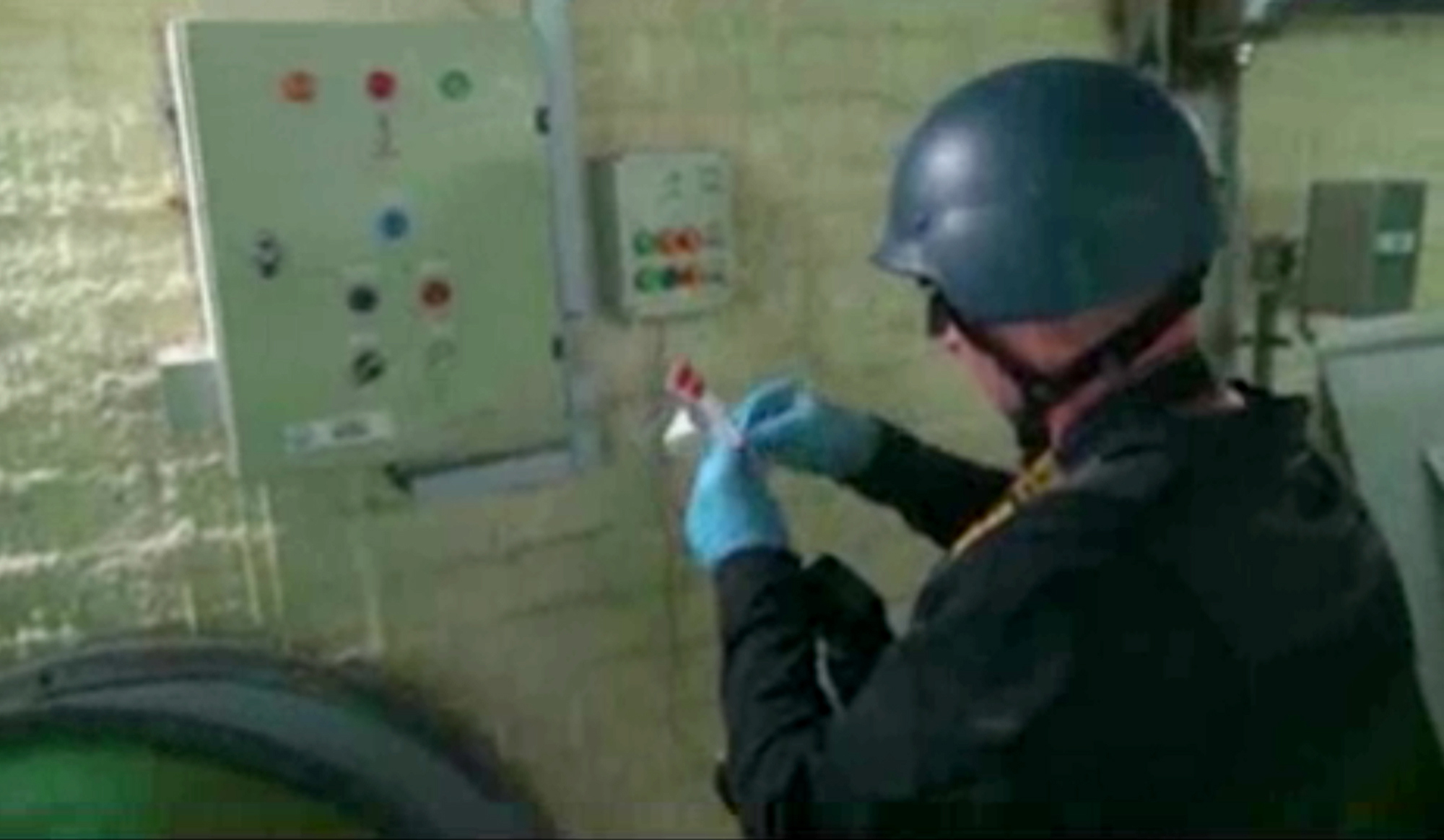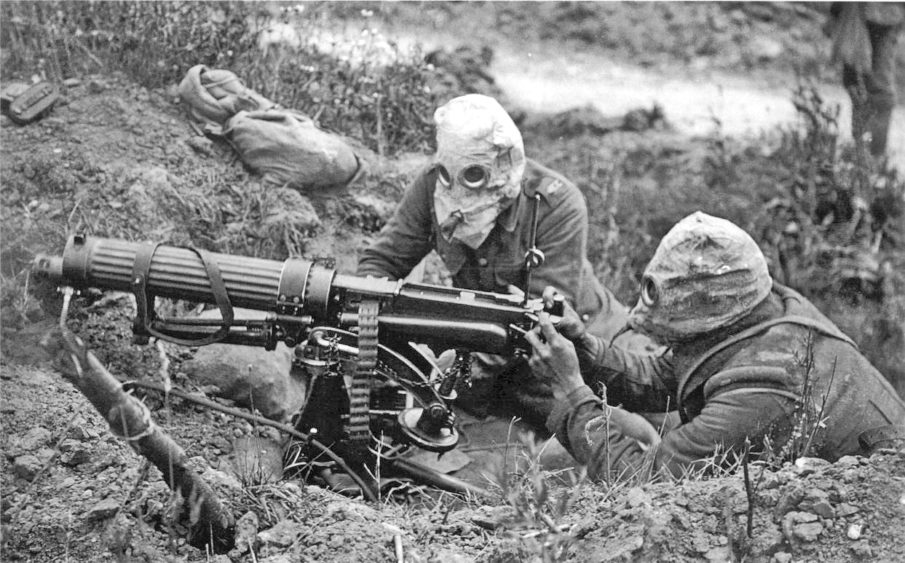Chemical weapons have dominated the headlines recently — two Russians were exposed to the Novichok nerve agent in the UK, sparking an international incident; the airstrikes in Syria were spawned from reports of a chemical attack on civilians. In Douma, Syria, the specifics aren’t exactly known about the agents used, but most sources say it was some sort of combination of chlorine and an unknown nerve agent, though sarin has been used in Syria in the past — in April, 2017 and August, 2013. The Organisation for the Prohibition of Chemical Weapons (OPCW) has been granted access and is conducting an investigation in Douma right now.
The use of chlorine in chemical warfare dates all the way back to World War One. Typically delivered by artillery shells, the heavy gas proved to be both particularly useful and devastating as it was heavier than air — in trench warfare, there would be no escape from the gas as it permeated low-lying areas. Moreover, enemy troops didn’t need to breathe a whole lot of it to take them out of the fight, unlike other forms of gas that had been tested. The soldiers would report the smell of pineapple and pepper as the yellow-green gas crept for them in their trenches, and then it would be too late.
It was first used by the Germans on April 22, 1915. It was the Second Battle of Ypres, and the surprise use of chlorine gas was extremely effective, wiping out two Algerian and French divisions. It was so effective, that the Germans hadn’t planned on what to do with that big of a hole in the enemy lines. The Allies quickly made do and kept the Germans at bay.
The other countries soon fell in suit — the British used it in September of that same year. The Australians did the same in June, 1916. By the end of the war over 90,000 troops had been killed by gas (not necessarily chlorine), and over one million were wounded.
There were several reasons why chemical warfare like chlorine gas became unpopular after WWI. The obvious answer is the public disgust with such a brutal weapon, spurring the Geneva Protocol that banned the use of chemical weapons. Eventually, countries would band together and wind up destroying the vast majority of chemical weapon stockpiles around the world. However, it also quickly became a simply less effective weapon — with good equipment and a prepared military, the use of chemical weapons was less desirable than other weapons. It was also not entirely stable, as chemical warfare does not distinguish between one side or another, once it is released it is subject to changes in the wind and other unpredictable factors.

Chlorine gas was seen again in Al Anbar province, Iraq, in 2004. After refining the method of delivery, the chlorine gas attacks began to inflict some significant casualties, though it was extremely effective in instilling fear in the area — chemical weapons tend to have that effect. Now we are looking at reports of chlorine gas being used in conjunction with some sort of nerve agent — likely sarin — in Douma, Syria.
As the OPCW continues their investigation, they have a lot of factors to consider. There are many players in the area with many agendas, and digging to the truth is rarely easy in field conditions such as Douma.
Featured image courtesy of Wikimedia Commons.










COMMENTS
You must become a subscriber or login to view or post comments on this article.